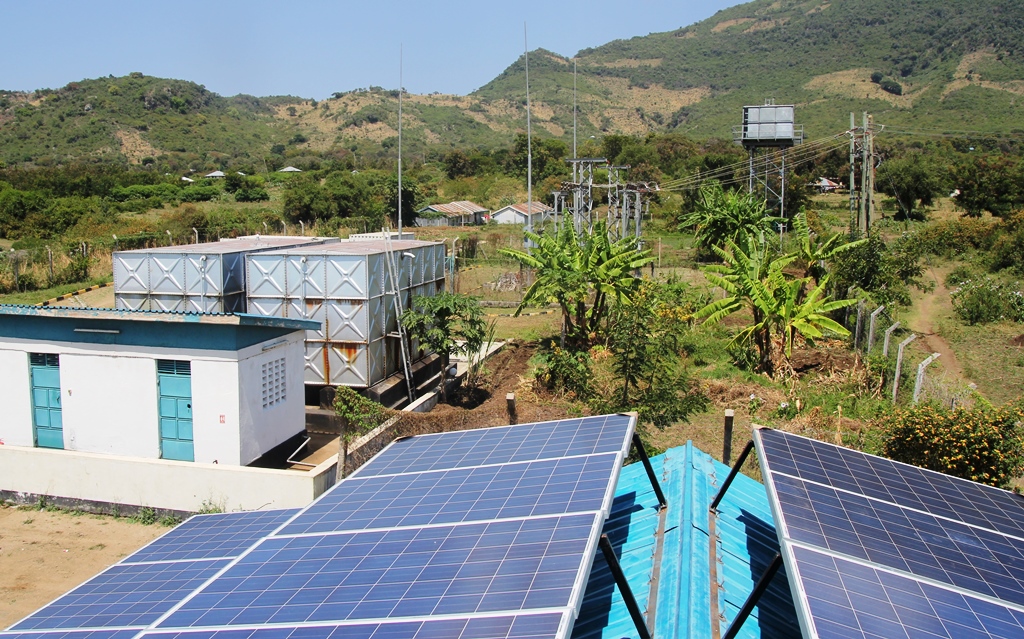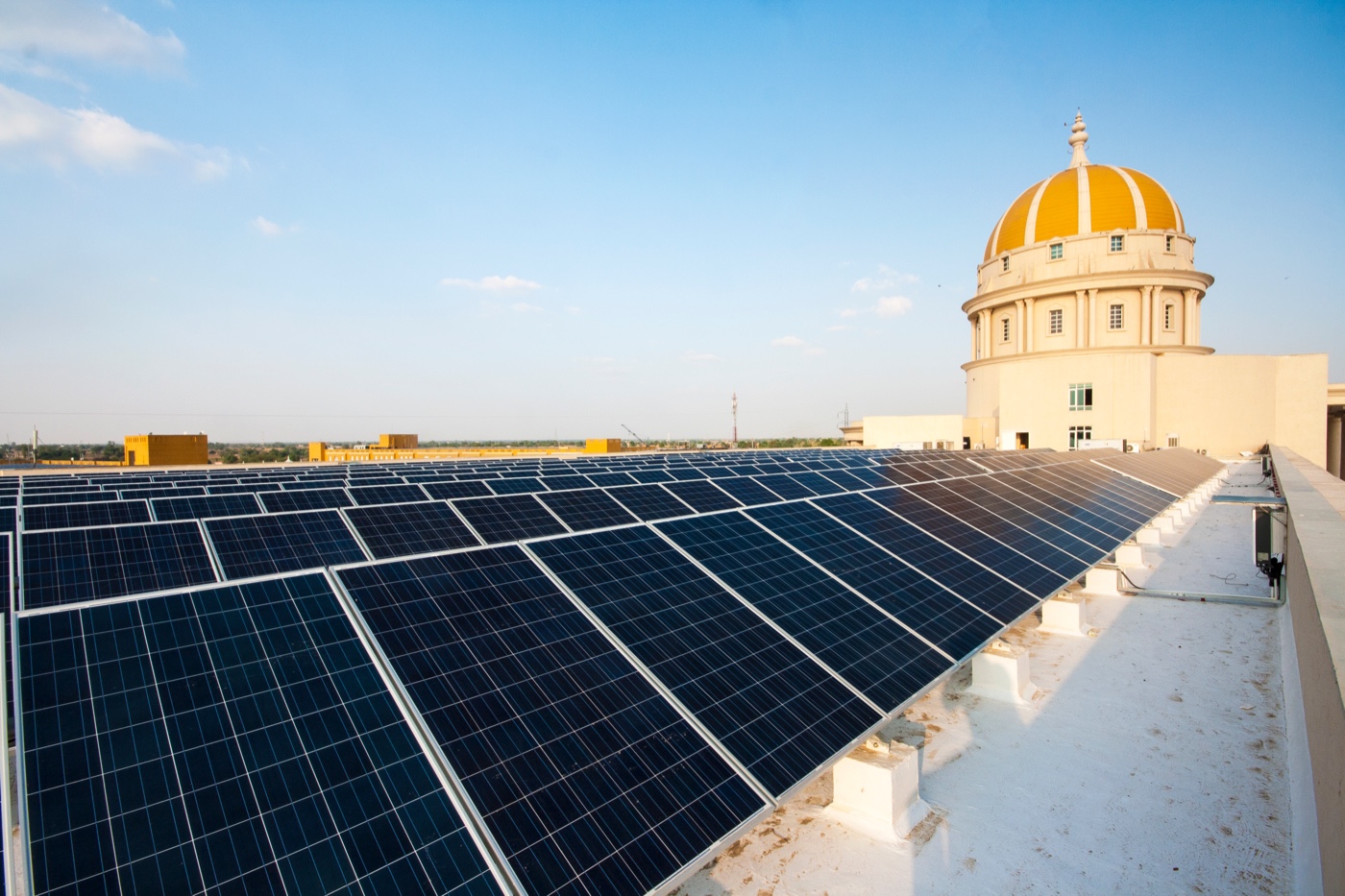By Peter Asmus
The stars appear to have aligned for distributed energy resources (DER) to play an increasingly important role in providing energy services to consumers. Some see this growth in capacity from devices such as solar photovoltaic (PV) panels, fuel cells, advanced batteries, and other forms of DER as the supreme threat to incumbent distribution utilities, echoing the much-ballyhooed “utility death spiral” story line. Others see this evolution as an opportunity for utilities to reinvent themselves, aligning their business strategy and business models with the emerging digital economy.
Either way, it is going to be a bumpy ride into the future. Yet there are signs that it is possible to create win-win scenarios by leveraging the diverse services that energy storage can provide. Advances in software that can optimize DER to provide bidirectional value along with the bridging capabilities that energy storage brings to the market can create order out of what would otherwise be chaos.
Is there a way for everyone to come out as winners? The key is intelligent distribution networks, an ecosystem of solutions that spans concepts such as nanogrids, microgrids, and virtual power plants (VPPs.)
Drawing Lines between Distribution Networks
Navigant Research has been sizing and forecasting aggregation and optimization platforms for DER since 2009. It has come up with the following definitions of three approaches to organizing DER technologies so that they can provide the most value possible.
The most established of distribution network concepts is the microgrid. Borrowing largely from a U.S. Department of Energy definition, Navigant Research defines a microgrid as the following:
There is much less consensus about what differentiates a nanogrid from a microgrid, or even a nanogrid from a relatively simple distributed generation (DG) installation. Here is the Navigant Research definition of a nanogrid:
Last but not least is the VPP. Closely related to both nanogrids and microgrids, here is the Navigant Research definition of a VPP:
VPPs can be viewed as one manifestation of the concept of transactive energy, transforming formerly passive consumers into active prosumers. In essence, prosumers are active participants in delivering services tailored to their own needs and preferences that also serve the larger grid. Another way to describe the VPP vision of the future is the Energy Cloud, a term Navigant Research uses to describe how DER can be managed virtually via software that can deploy hardware in a dispersed network.
The table below puts these related networking platforms into context based on key market characteristics.
Lexicon of Nanogrids, Microgrids, and VPPs

Two companies are proving that the boundaries between these three unique market applications are blurring, thanks to innovative utility business models and the creative aggregation and optimization possibilities attached to energy storage.
Creative Partnerships: PowerStream and Sunverge
PowerStream, the second largest municipally owned utility in Ontario, Canada, is developing an innovative pilot project that involves 20 residential units, each to be equipped with a 5 kW solar PV array and a 6.8 kW/12 kWh lithium ion battery. The project is designed to enroll homes on select feeders (which may not be adjacent to each other) in order to provide system benefits.
Perhaps the most innovative aspect of the project is the business model dubbed DBOOME (Design, Build, Own, Operate, Maintain, and Energize). Customers have an opportunity to participate in a hassle-free, zero-maintenance solar storage program with an upfront cost to partially cover installation, followed by a nominal monthly service fee for a 5-year program. (This DMOOME approach is also the model PowerStream plans to deploy for its microgrid program.) In exchange for the customer’s upfront payment and ongoing service fee, PowerStream offers customers significantly reduced electricity bills and resilience.
The key vendor partnering with PowerStream is Sunverge, which provides residential and commercial building-sited energy storage solutions that integrate renewables such as solar PV. Sunverge offers a combination of onsite hardware and cloud-based services that enable remote monitoring and control of nanogrids, aggregating them up into VPPs. (The company has also partnered with the Sacramento Municipal Utility District on a hybrid net zero energy nanogrid/microgrid.)
To learn more about how public power utilities and energy storage innovators are forging win-win DER solutions, listen to the Navigant Research webinar on Tuesday, March 15 at 2:00 p.m. EDT.




